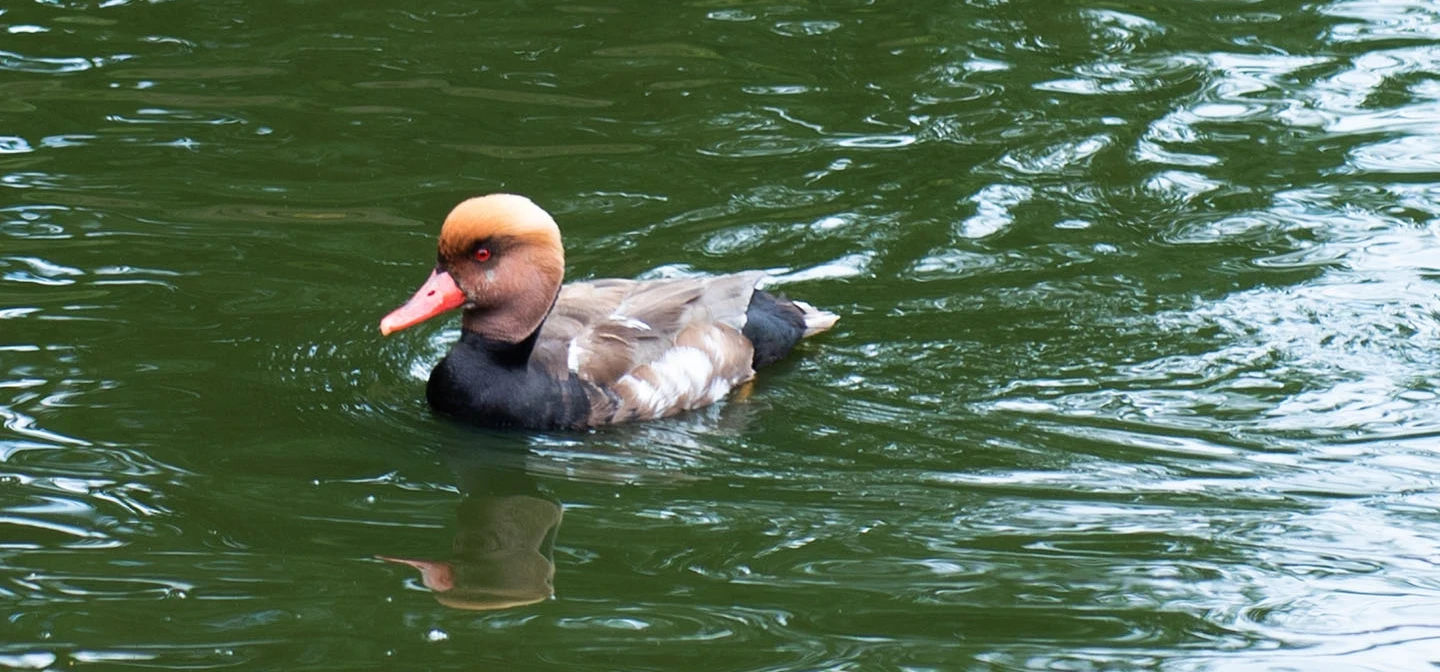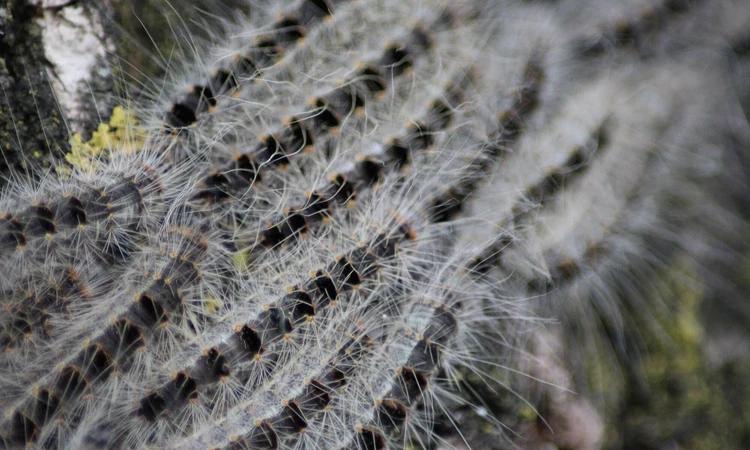
Wildlife in Greenwich Park
Key information
See pipistrelle bats swooping at sunset. Walk next to sweet chestnut trees in full bloom. Spot woodpeckers, warblers and song thrushes.
A historical home for wildlife in southeast London.
A Grade I listed landscape and a wildlife haven
Greenwich Park is the oldest of London’s deer parks – 183 acres of grassland, woodland, wilderness and ancient trees.
There are over 3,000 trees in the park, including 400-year-old sweet chestnuts, ancient oaks and cedar trees. The gnarled and crevassed trunks of these trees are perfect micro-habitats for roosting bats, fungi and many species of beetle.
Much of the south part of Greenwich Park supports acid grassland – one of Britain’s rarer habitats – and a conservation priority. The soil is less fertile, so it’s perfectly suited to specialist native wildflowers and fine grasses. Head to Croom Hill for a spectacular show of dark red sheep’s sorrel carpeting the hillside in spring, or delicate harebells.
Meadowland is another key habitat in Greenwich Park, especially on One Tree Hill. And although shrub and scrubland don’t have the romantic ring of a meadow, these habitats are just as valuable for wildlife. The wooded areas and scrubland are excellent cover for nuthatches, chiffchaffs and greenfinches.
Wildlife on the wing – the birds, bats and butterflies of Greenwich Park
Some 70 species of wild birds have been recorded from Greenwich Park – including thrushes and warblers, woodpeckers and tawny owls. At sunset, you may hear the owls hooting across the park – and over the Flower Garden lake, the air comes alive with the swooping silhouettes of pipistrelles, our smallest native bat. Pipistrelles have mighty appetites – eating up to 3,000 insects per night.
One of the best places to discover butterflies and bumblebees in Greenwich Park is in the Flower Garden – a natural magnet for peacock butterflies and painted ladies.
Letting the grass grow under our feet – putting biodiversity first
Greenwich Park is a Site of Metropolitan Importance for Nature Conservation. We have a duty to protect and restore the historic habitats in the park, and also to create new ones that promote biodiversity. Managing all these natural environments sustainably and respectfully is a delicate balancing act.
Around the park, you’ll see some areas where we’re cutting the grass less frequently, to promote naturalisation of the grassland and boosting its biodiversity. The longer and wilder the grass, and the more wildflowers we have, and the more pollinators we help. Long grass is also excellent cover for the many other insects, small mammals and lizards. In spring and summer, head for the path leading up One Tree Hill, alive and humming with bees, crickets and meadow brown butterflies or skippers.
Wildlife and parklife – a delicate balancing act
The Royal Parks are unique urban parklands, where people and wildlife can come together. We have a responsibility to conserve the wildlife and nature in the parks. Finding – and maintaining – that balance is in the best interests of us all, and the world we live in.
Discover
-

Oak Processionary Moth
Important information on Oak Processionary Moth and what you should do if you find the caterpillars or their nests.